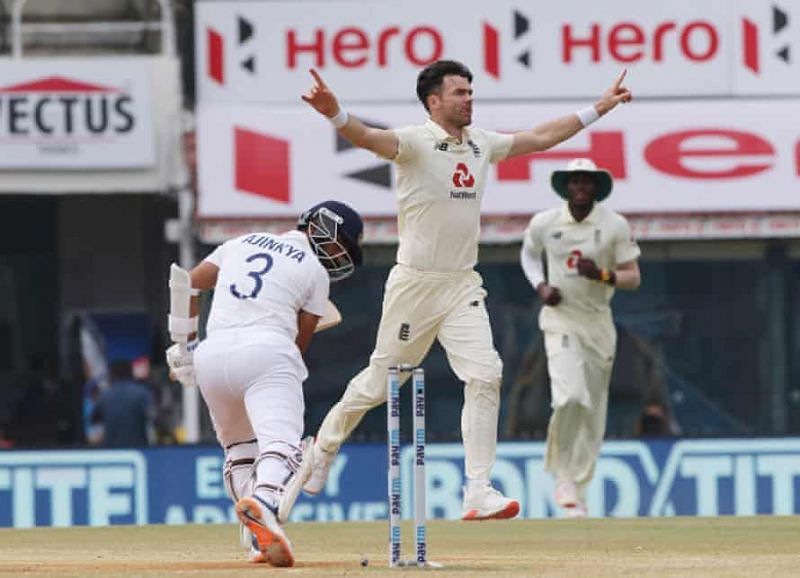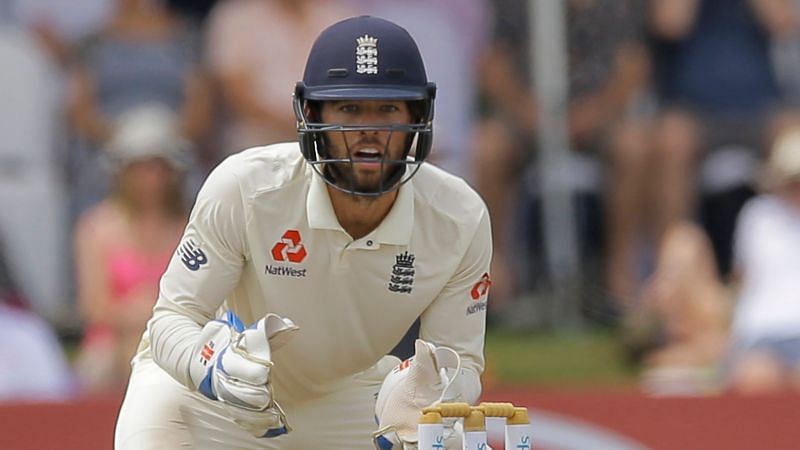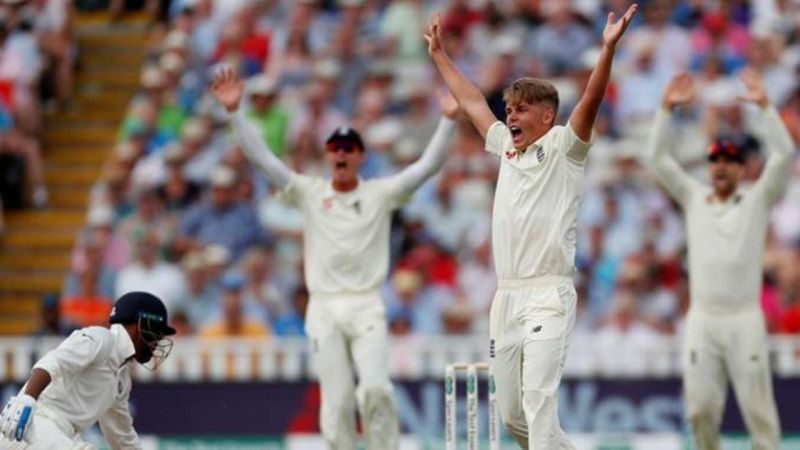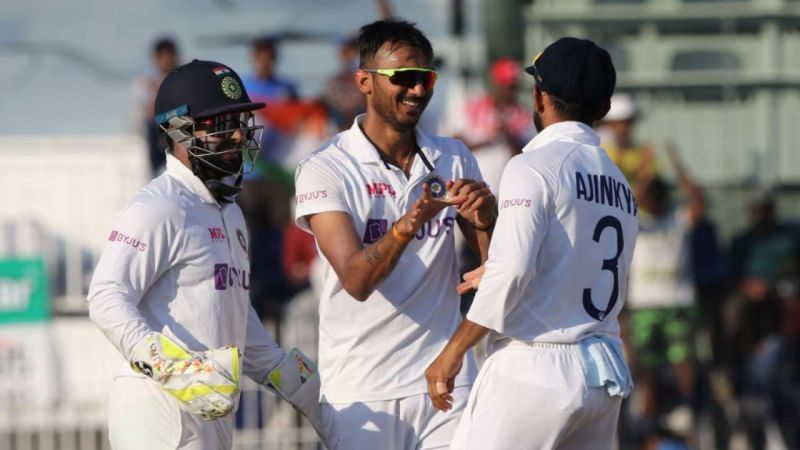
3 reasons why England's Test rotation policy lacks sense

As England gave up their shot at an ICC World Test Championship final spot with shambolic batting displays against India, the search for excuses began. While the talking point of the third Test has been the quality of the pitch in Ahmedabad, former cricketers have questioned the English batsmen's technique against spin.
A lingering issue that could have contributed to England's downfall more directly is their policy of rotation. For context, in the six Tests England have played so far against Sri Lanka and India, nearly 20 players have been fielded.
The changes have come throughout the batting order. Though England's current squad is filled with like-for-like replacements, any unavailability or downturn in form would have put the policy at risk. As it happened, the events surrounding Moeen Ali's departure and a poor evaluation of the pitch meant the rotation policy broke down in the third Test against India.
Although the rationale behind the rotation policy - allowing key players rest during a very distressful pandemic - is fair, the implementation is concerning. With a global final to play for, should England have sacrificed an opportunity to build their strongest possible XI? Here are three reasons why the policy has failed.
#3 Form concerns with key players

Jonny Bairstow joined the tour of India from the third Test onwards. The lack of match practice in a while showed as the top-order batsman bagged a pair in Ahmedabad - knocked over in both innings facing spin.
In a similar vein, Moeen Ali played only the second Test against India. He offered a number of freebies, allowing Rohit Sharma and Ajinkya Rahane to bat England out of the contest.
As opener, Dom Sibley has been a constant, and has had to take on a lot of responsibility. Rory Burns has been a walking wicket and has got out early more often than not.
Even the players who have shown a lot of promise in challenging conditions - Ollie Pope and Ben Foakes - have been unable to pile on the runs, and could have benefitted from a longer run.
All of this has meant an overreliance on Joe Root and Jack Leach with bat and ball respectively.
#2 Unavailability of potential Test match-winners

Sam Curran had a profound impact the last time India and England clashed in a Test series, and was also one of the shining lights in a dismal IPL campaign for the Chennai Super Kings.
Had Stokes and Curran both been available, the squad would have had greater batting depth, as well as another bowling option given England's tendency to protect Stokes from bowling.
The absence of a strong counter-attacking wicketkeeper-batsman in the form of Jos Buttler has meant collapses against spin have come with alarming regularity. While Ben Foakes has the ability to stay at the crease, he has not demonstrated the counter-attacking instinct that only Ben Stokes - who is fast becoming Ashwin's bunny - currently possesses in the side.
On difficult pitches, England's prioritisation of players has been flawed, leaving them with suboptimal resources.
#1 Losing strategic battles to the opposition

In an era of increased gameplay tracking and planning, England have ensured they are behind the opposition by virtue of some rotations being forced.
Right after a decisive spell of reverse-swing by James Anderson won England the game, the old-ball master was substituted out for a less potent pace attack on an even drier pitch for the second Test. It allowed them to lose the early advantage, bowling first on a difficult batting wicket.
While Olly Stone was accurate and impressive on a pitch largely assisting spin, Jofra Archer's ability to extract additional pace and bounce could have made the difference. Confusingly enough, England swapped out Stone in the next game, retaining the less effective Stuart Broad.
In a decisive series, England were unable to put pressure on the likes of Axar Patel, who proceeded to knock them out of the World Test Championship.